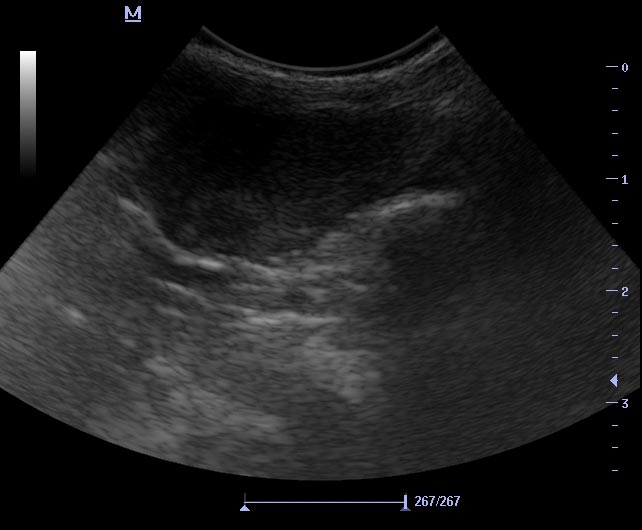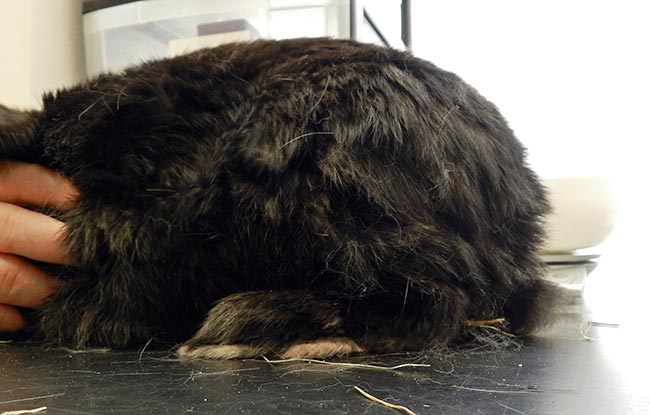12 Apr 2022
John Chitty explains how owners can provide for the needs of their pet rabbits and guinea pigs as well as possible.

Indoor keeping of rabbits and guinea pigs is extremely common and, in the case of guinea pigs, it is rare to see animals genuinely kept outside.
This is marked change from the situation just a couple of decades ago, when most animals were still kept outside.
So, have these prey species been adapted sufficiently to cope with this change in husbandry, given that indoor keeping means much closer proximity to at least one “predator” species?
If not sufficiently adapted, and if husbandry is not considerate of their needs, we end up seeing a lot more stress-related disorders, such as cystitis, and physical disorders often related to obesity and inactivity.

So, why have these pets been moved indoors?
As pet owners we want (or need):
Achieving these needs when outdoor keeping is hard – the fun of outdoor keeping is watching natural behaviours and interactions, and is a much more distant, hands-off relationship.
Therefore, to achieve the aforementioned aims, small mammals are increasingly being kept indoors.
So, how have small mammals evolved to live?
As stated, both rabbits and guinea pigs are prey species and are adapted to this by generally living:
These are quite complex structures to produce inside and, with people not likely to form a part of the group (as in dogs), it is very hard to provide for all the needs of the owner without stressing the pet.
It is fair, though, to consider the effects of domestication. These species have been kept and bred in captivity for centuries, although primarily for food and fur rather than as pets. As such, they should have the genes allowing greater adaptability to captive life.
That said, domestication does not override basic biological needs – it only facilitates learning to live with us.
Before this article is read to be an “anti-indoor living” piece, advantages exist to the pet in indoor living:
Other needs are difficult to adequately provide for whether inside or out – such as social structure, provision of adequate diet (especially fibre), and so forth.
So, the simple answer isn’t to just put these animals back outside. Understanding the drive that brought small mammal keeping inside, we, instead, have to work with the owners.
Using our knowledge of the animals’ biology enables the owner to provide for as much of their needs as possible.
To do this, the “five freedoms” provide an excellent tool to guide us.

Indoor keeping of small mammals is here to stay. It is, though, not easy to provide for all the needs of the pet in a non-stressful way, and so should be approached with care and consideration of the natural biology of these species.
An approach is needed that not only mitigates risks for the already-owned pet, but starts to address production of well-socialised pets ready to be kept indoors in close proximity to their owners.
As vets, we are in a position to act as advocates for these species, and communicate with owners, breeders, sellers and owner groups to help drive changes that will positively benefit these often neglected species.
For the purposes of this article, outdoor keeping means use of a hutch and run or free range. It does not include simply keeping animals in a hutch alone, which is highly unlikely to adequately provide for welfare needs. A hutch is not enough.